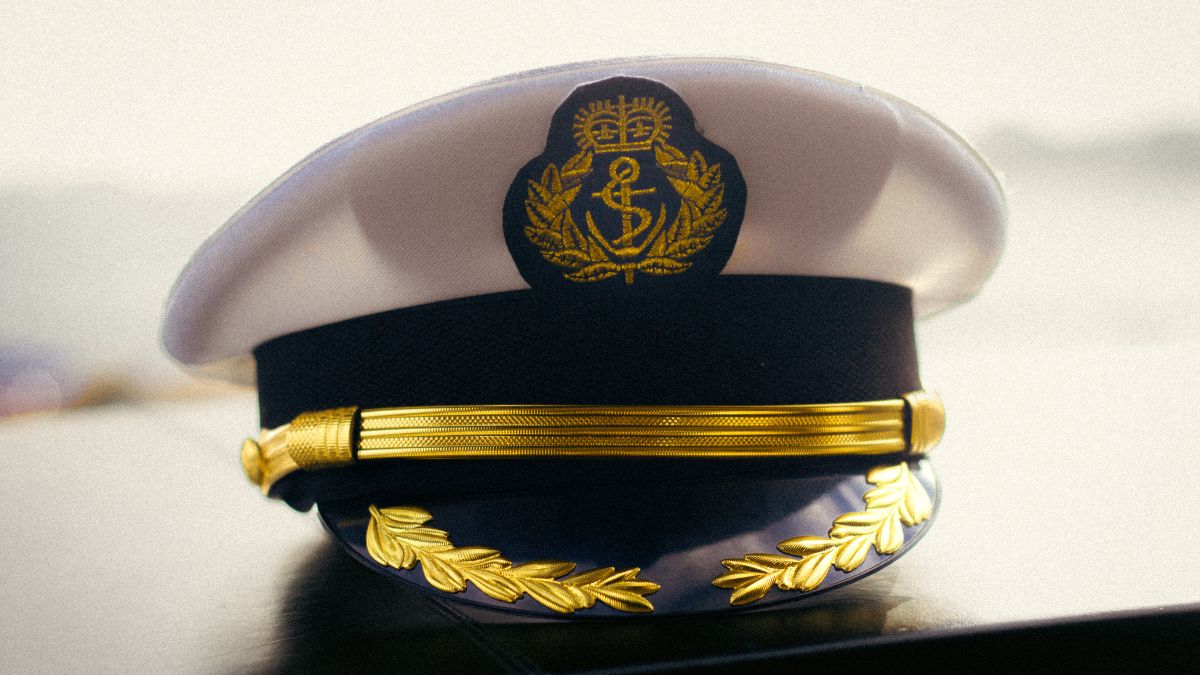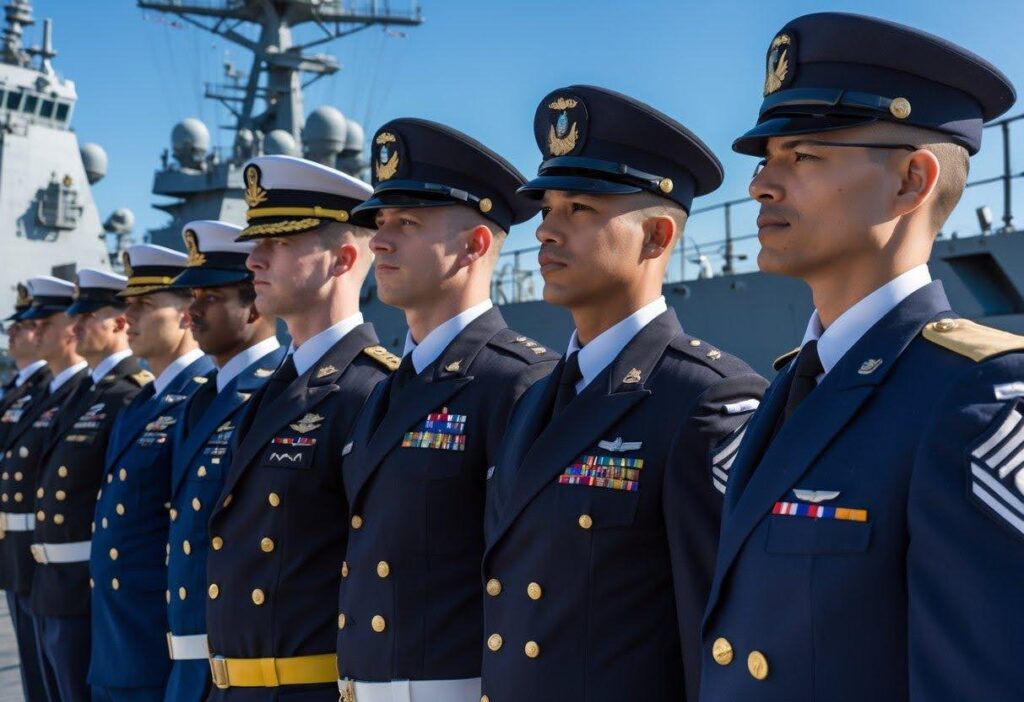Military traditions are built on discipline, repetition, and respect, and the simple Navy hat plays a surprisingly visible role in those customs. Whether it’s being tossed in the air at graduation or tipped during formal events, this hat carries significance beyond its appearance.
Many of these practices are rooted in long-standing naval regulations and are still observed to this day. They help reinforce shared values, define moments of transition, and reflect a sailor’s understanding of protocol.
This article will walk you through several key Navy hat traditions, explaining when they happen, what they mean, and why they continue to hold meaning across generations of service.
What Is the Graduation Hat Toss?
The hat toss is one of the most recognizable Navy traditions. It typically occurs at the end of commissioning ceremonies, such as those held at the U.S. Naval Academy, where graduating officers throw their covers into the air in celebration. It’s not a required part of the ceremony, but it’s widely practiced and eagerly anticipated.
The toss marks the official transition from midshipman to officer and symbolizes the completion of rigorous training. Family and friends often collect the hats as keepsakes, with many having hand-written notes inside for whoever picks them up. While informal, this act represents pride in achievement and the start of a new chapter.
In What Formal Situations Do You Tip the Hat?
Tipping or removing the hat is a traditional gesture of respect, used in specific Navy settings such as during the national anthem, religious ceremonies, or when entering a formal space. These actions are governed by uniform regulations that outline exactly when to uncover.
On land or aboard a ship, sailors are trained to follow precise rules about when the hat stays on and when it comes off. For example, hats are removed during indoor ceremonies unless the sailor is under arms. These gestures signal discipline and attention to detail. They also reinforce the structure of Navy life, where even small actions carry official and cultural weight.
What Does It Mean To Salute While Covered?

In the Navy, saluting must be done while wearing a cover. This means that a sailor who is not wearing a hat should not initiate or return a salute. This rule applies in most formal interactions, such as reporting to an officer, during flag ceremonies, or while boarding a ship.
This requirement emphasizes uniformity and respect within the chain of command. Being properly covered is part of presenting oneself in a professional and compliant manner. If a salute is required and a sailor is not covered, the action is generally paused or adapted based on the setting. This distinction helps maintain the formality of military customs while ensuring consistency across situations.
What Is the Role of the Hat in Ceremonial Dress?
During formal events like retirements, memorials, and change-of-command ceremonies, a Navy hat is a required part of dress uniform standards. It must be clean, correctly positioned, and worn according to detailed appearance regulations. Even minor deviations, such as the angle or placement, are typically corrected immediately.
In some cases, the hat becomes part of the ceremony itself. At memorial services, for instance, a sailor’s hat may be placed on a folded flag or displayed beside a photo. These moments serve to honor the individual’s history of service. Across all ranks and roles, the hat remains a visual marker of identity, respect, and military tradition.
When Should You Cover Indoors?
Navy customs clearly define when headgear should be worn indoors. In most cases, sailors remove their covers upon entering a building, especially if the space is used for eating, working, or socializing. However, exceptions apply during inspections, when under arms, or while performing specific duties that require a cover.
These guidelines stem from a long history of military etiquette and separate on-duty conduct from more relaxed environments. Knowing when to be covered or uncovered indoors is part of learning military discipline early in one’s Navy career.
These rules may vary slightly by command, but the core principle is consistent: maintaining a respectful, standardized appearance by correctly using the uniform.
Small Gestures, Long-Standing Meanings
Navy hat traditions may seem simple, but each one plays a role in preserving the culture, discipline, and pride of naval service. Whether tossed in celebration, tipped in respect, or worn during a salute, the hat helps mark significant moments in a sailor’s journey.
These customs are taught early on, practiced often, and passed down through generations. They’re part of what connects today’s sailors to the history and structure of the Navy itself. Learning these traditions can offer insight into how the smallest actions often reflect the most important values in military life.

